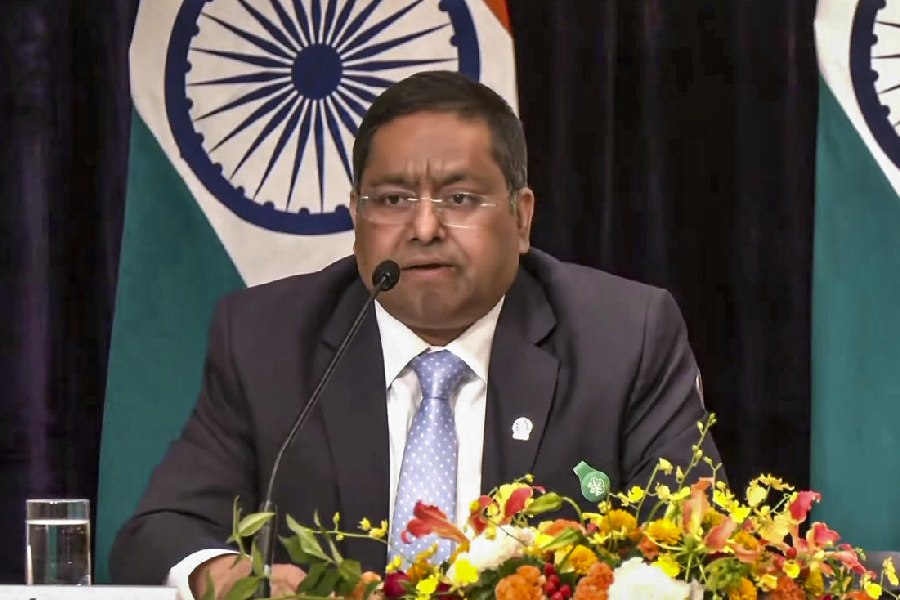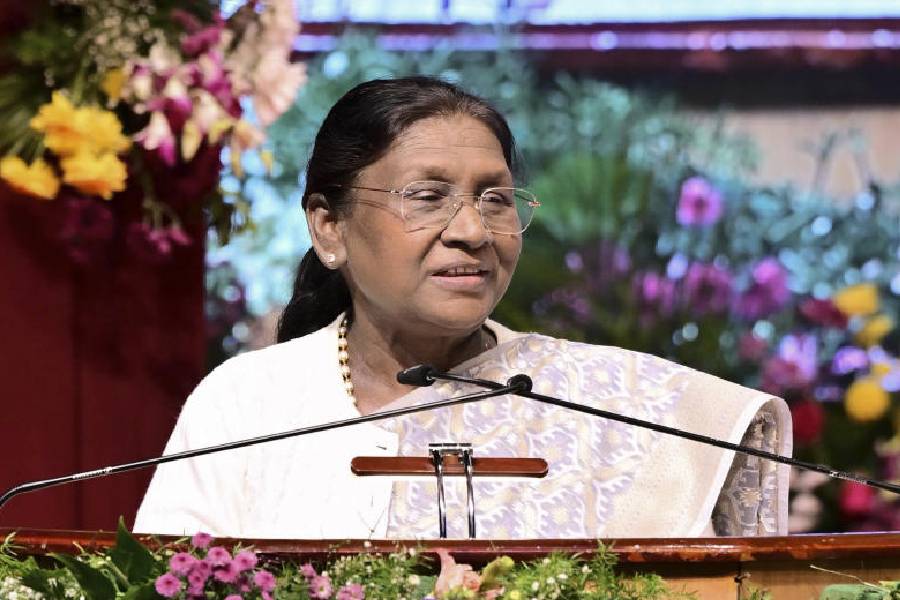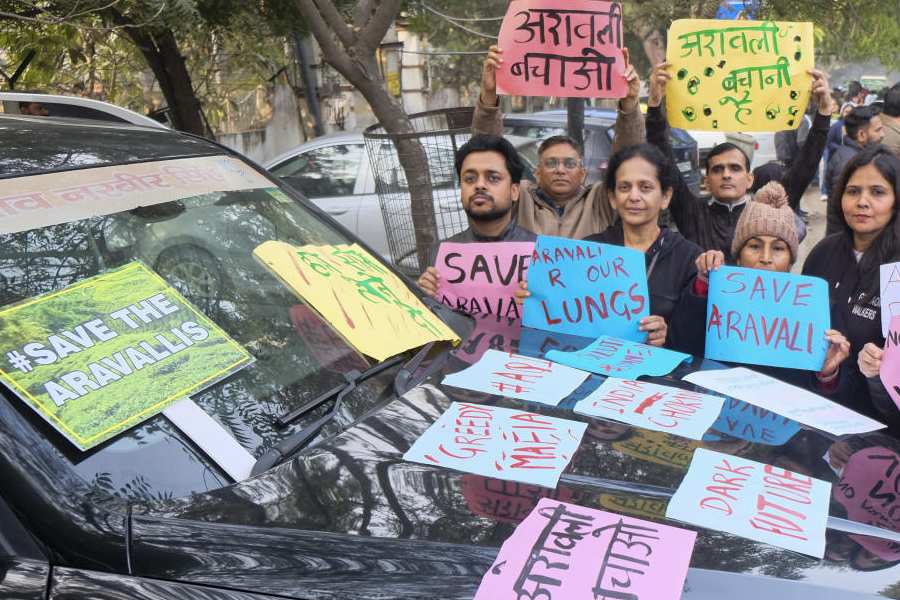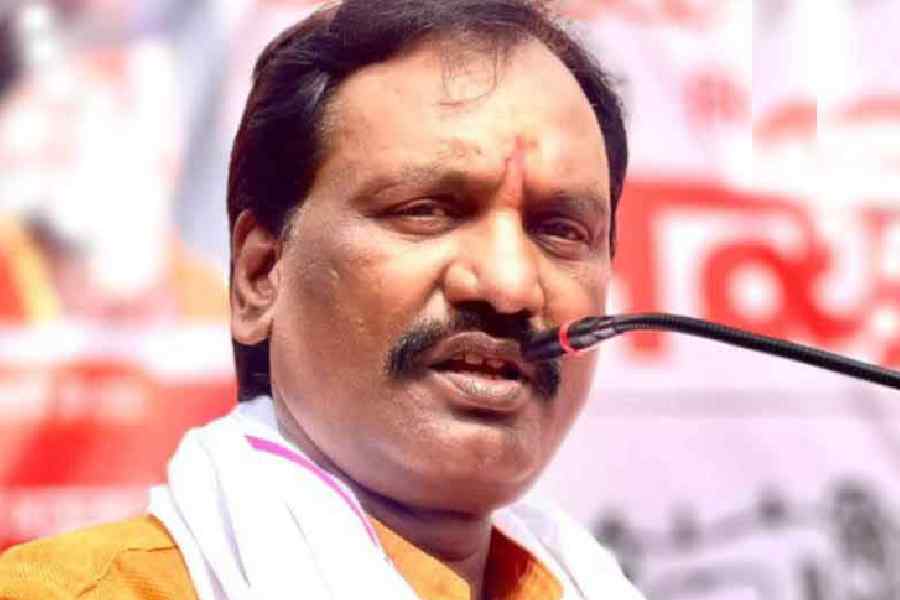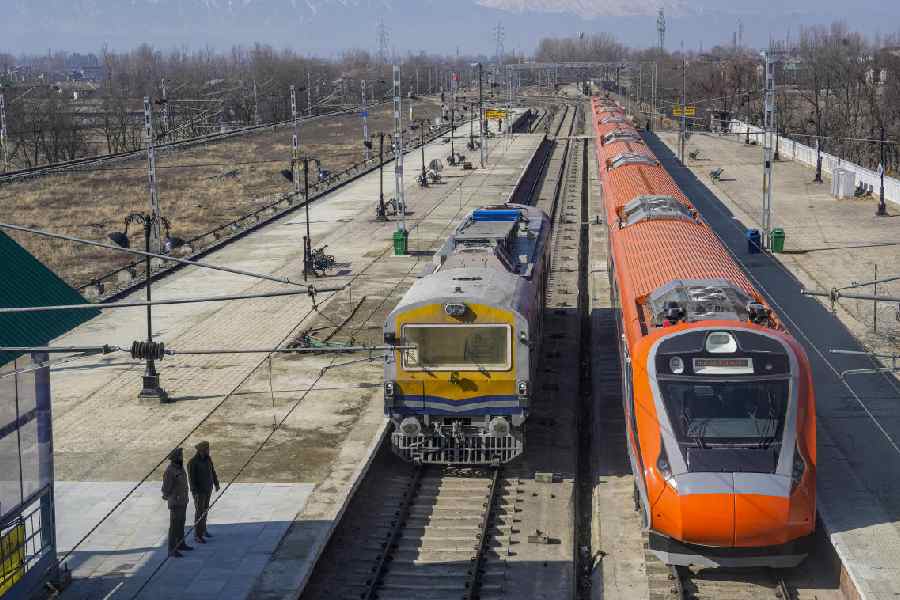Lord Jagannath of Puri is closely interlinked with the history of Orissa, its people, culture, religion, politics and philosophy.
The history of Orissa, in written form, really started with madala panji during the reign of Chodaganga Dev of 11th-12th century AD. This prose chronicle contains the records of temple administration and the story of ruling dynasties.
Though many deities are worshipped in Orissa, only Lord Jagannath has been accepted as the ‘Supreme Lord’ in this country. The main principle of the Jagannath cult is religious harmony and it is through this that the Shaiva, Shakta, Nirguna and Saguna forms of worship have been synthesised. Lord Jagannath has also been identified with Lord Buddha, the ninth incarnation of Lord Vishnu. His most dedicated devotee was Salabega, a Muslim.
Not only history and religion, but Oriya literature, Odissi dance and music have also originated from the Jagannath temple. Odissi dance evolved as a ritual in the Jagannath temple and has emerged as a classical dance form of India. The dance by maharis before Lord Jagannath is the provenance of Odissi dance.
In the 16th century, dramas were also enacted on stages erected in the Jagannath temple. Well-known Sanskrit drama, Jagannath Ballav Nataka by Ray Ramananda, was staged in the temple, and Sri Chaitanya had witnessed it. Jaydev’s Gita Govinda, which was regularly sung by devdasis to entertain the Lord in the temple, inspired Odissi singers.
Saint poet Jagannath Das composed Bhagabat Purana in Oriya in the 16th century, while he was sitting inside the Jagannath temple. Subsequently, the language of Odia Bhagabat became the standard Oriya language. In different parts of the state, Bhagabat tungis were established. Odia Bhagabat and Bhagabat tungis became the torchbearer of Oriya language and culture.
Lord Jagannath was originally a tribal God who, in the course of time, metamorphosed into a Hindu deity. Many scholars trace a Buddhist origin of the Trinity in the Jagannath temple. They claim that the three deities — Lord Jagannath, Lord Balabhadra and Goddess Subhadra - represent Buddha, Dharma and Sangha respectively. The snana yatra (bathing ceremony) and the rath yatra (car festival) are of Buddhist origin.
Lord Jagannath was originally a tribal God, who was later treated as a Buddhist deity before finally taking the shape of a Hindu deity. But He is certainly not a Vedic God. Vedic deities are made of shalagram shila (stones), but the idol of Lord Jagannath is made of wood.
To me, Lord Jagannath is a living God, a symbol of socialism. The trinity stands for peace, universal brotherhood and eternal progress.
I am a Marxist. To me, the God has not created human beings, but vice-versa. He is incomplete and infinite. That incompleteness is a reflection on his anthromorphic character. Just as a human being is never complete, Lord Jagannath is also incomplete. Perhaps Lord Jagannath is accepted across the globe because of His infinite form.
He is the Lord of the people, hero of folk tales and legends, who has been an intrinsic part of the folk and social life of Orissa.
Jagannath is Lord of the downtrodden and social outcastes and a source of salvation for the humanity. Brahmanical Hindus might have confined him to the temple, which may be out of bounds for non-Hindus and so called social outcastes, but he comes out of the temple during ratha yatra to give darshan to all, irrespective of caste and creed.
Lord Jagannath is the symbol of secularism and social equality.
In His eyes, all are equal. The mahaprasad offered to Him is shared by all. Perhaps the provision of sahana mela (public darshan) is meant to give opportunity to all to get a glimpse of the Lord without any entry fee unlike major temples in some other regions.
Lord Jagannath is not a rich God. Whatever offerings are made to Him by devotees are distributed among the servitors. The temple has the largest kitchen in the world, which serves prasad at an affordable price.
The Laxmipurana, which was written in the 16th century, has a story describing how Goddess Laxmi goes out of the temple premises to give darshan to Dalit devotees.
I don’t believe in brahmanical rituals. I never make any offerings to God, nor do I pray for anything. But I visit Jagannath temple whenever I visit Puri.
Once, during my visit to Jagannath temple, I was asked by the priests to purchase bhog and other offerings. But I was in a hurry and wanted to get a simple glimpse of the Lords. When I reached the inner part of the temple, darshan was closed for a few hours. Disappointed, I was about to come out of the shrine. But as it was raining heavily outside, I had to stay inside. So, I was virtually made to wait for Lord’s darshan.
After a wait of a couple of hours, the temple door opened. But there was a heavy rush and I was afraid whether I would be able to get close to the idols. But the stream of devotees pushed me and within a few minutes I found myself near the deities.
I find a supernatural aura of spirituality surrounding Lord Jagannath. I feel at home with him. He is my friend, philosopher and guide.


